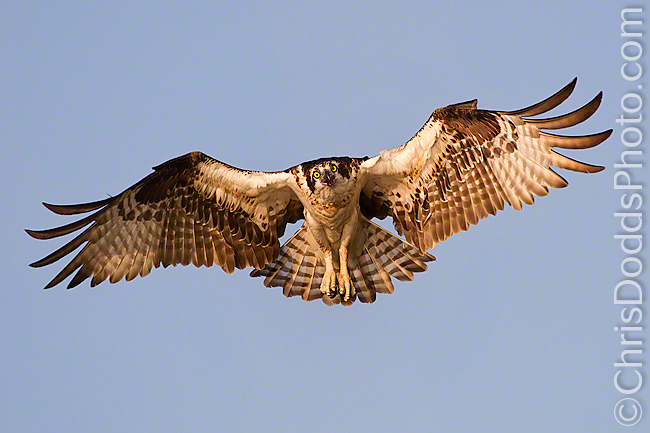
Here's an Osprey from my workshop on Lake Blue Cypress in Florida last April; it's full-frame, at the longest focal length of 300mm and wide-open at f/5.6. It's razor sharp. During the last day of the workshop, friends and long-time repeat clients, Rick & Melody, loaned me their Canon 70-300mm f/4-5.6 L IS USM lens. To make a long story short; I loved it so much that it is a new favourite carry everywhere, mid range zoom lens. The auto-focus is snappy and accurate and it's relatively compact and lightweight lens.
Like the new 70-200 f/2.8 L IS II USM, this lens auto-focuses down to 47.1 inches (mine will focus to 41 inches @ 70mm and 44 inches @ 300mm if focused manually), making it a great all-purpose lens ready for a close encounter with wildlife, or point it straight at the ground and start shooting details in nature. The new tripod and monopod sensing, 4 stop IS unit works just as advertised when used in low light conditions; I was blown away with sharp results at 1/4 second at it's widest 70mm, and 1/8 second at it's longest 300mm focal length.
Overall, the build quality, image sharpness and auto-focus accuracy is all there; this is a sweet lens. Will it replace my 70-200mm L f/2.8 IS II USM lens? No, but I will have to own both from now on. This will be the most used nature, travel and general purpose lens, but the 70-200mm L f/2.8 IS II USM lens will remain in my kit when photographing events, people and extremely low light work, or when a really narrow depth-of-field is needed. As for the over-the-shoulder go-to lens? That's an easy one; it is now the 70-300mm f/4-5.6 L IS USM.